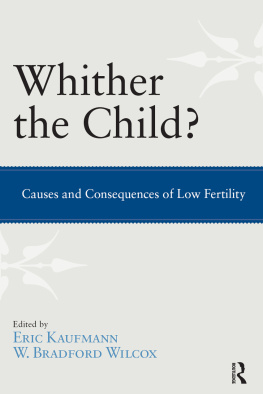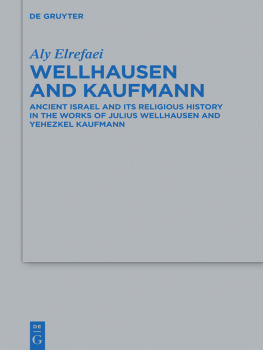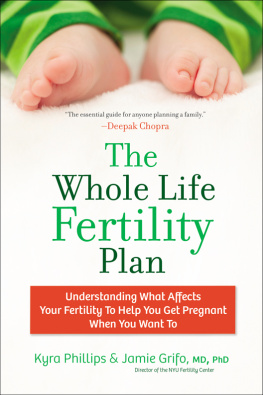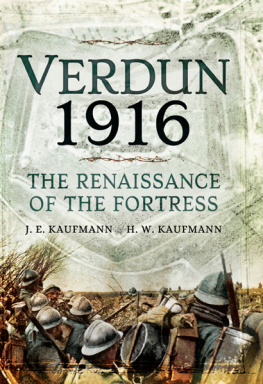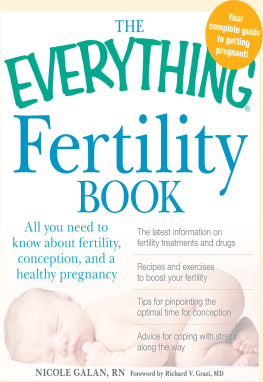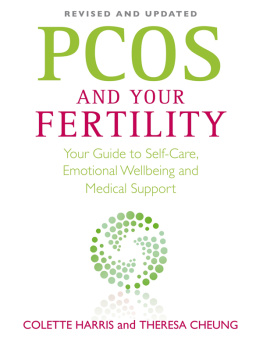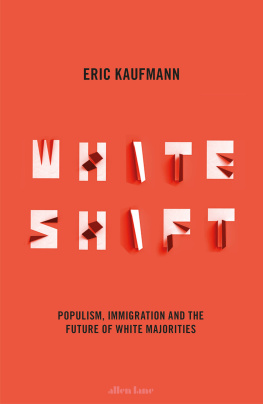First published 2013 by Paradigm Publishers
Published 2016 by Routledge
2 Park Square, Milton Park, Abingdon, Oxon OX14 4RN
711 Third Avenue, New York, NY 10017, USA
Routledge is an imprint of the Taylor & Francis Group, an informa business
Copyright 2013, Taylor & Francis.
All rights reserved. No part of this book may be reprinted or reproduced or utilised in any form or by any electronic, mechanical, or other means, now known or hereafter invented, including photocopying and recording, or in any information storage or retrieval system, without permission in writing from the publishers.
Notice:
Product or corporate names may be trademarks or registered trademarks, and are used only for identification and explanation without intent to infringe.
Library of Congress Cataloging-in-Publication Data
Whither the child? : causes and consequences of low fertility / edited by Eric Kaufmann and W. Bradford Wilcox.
p. cm.
Includes bibliographical references and index.
ISBN 978-1-61205-094-2 (pbk. : alk. paper)
1. Fertility, Human. 2. Family policy. 3. Birth controlGovernment policy. I. Kaufmann, Eric P. II. Wilcox, William Bradford, 1970
HB901.W49 2012
304.6'32dc23
2012017754
ISBN 13 : 978-1-61205-093-5 (hbk)
ISBN 13 : 978-1-61205-094-2 (pbk)
Designed and Typeset by Straight Creek Bookmakers.
Eric Kaufmann and W. Bradford Wilcox
Increasingly, demography is front-page news. During just one year, the Economist (October 2009), Foreign Affairs (January/February 2010), Time (July 2010), and Foreign Policy (October 2010) all featured cover stories on the effects of demography. Meanwhile, the economic crisis has forced governments to scale back public spending, reduce child allowances and raise the retirement age, causing immense social conflict in countries such as France. In 2050, writes Ted Fishman in the New York Times, developed countries are on track to have half as many people under 15 as they do over 60. In short, the age mix of the world is turning upside down and at unprecedented rates. This means profound change in nearly every important relationship we haveas family members, neighbors, citizens of nations and the world (Fishman 2010). As an only child and a mother of one, Lauren Sandler remarks in a Time cover story: Its a marvel to me these days that anyone can manage a second kid since I celebrated my 35th birthday, I have to ask myself not when but if. My parents asked themselves that question when I was my daughters age and decided the answer was no (L. Sandler, The Only Child: Debunking the Myths, Time, July 8, 2010).
In the last four decades, birth rates have fallen dramatically throughout the world. Europe and East Asia lead the way, with fertility rates well below the replacement level of 2.1. The economic, technological, and social sources of the Demographic Transition toward smaller families, which began in the late eighteenth century, are well understood (Coale and Watkins 1986). However, more recently, the so-called Second Demographic Transition (SDT) has come to the fore. Characterized by below-replacement fertility and based more on cultural than material shifts, it demands further exploration (Surkyn and Les-thaeghe 2004). This book arises out of an Experts Meeting in 2010, Whither the Child? Causes, Consequences, and Responses to Low Fertility, sponsored by the Social Trends Institute in Barcelona, Spain, which was designed to do precisely that. The book brings together leading demographers and social scientists and asks how changing gender roles, religious values, belief systems, and family norms affect fertility.
But beyond traditional demographic approaches that probe the causes of fertility change, this work turns the question on its head to ask how demography affects individuals and society. What does it feel like to live in a low-fertility world? What exactly are the consequences of falling fertility rates and aging populationsfor children, adults, communities, nation-states, and religions? What have individuals, policymakers, and politicians done to address the problem? Is there even a problemeconomically, culturally, and morally? No other book encapsulates so many dimensions of the low-fertility issue and none engage with the thorny issues of child psychology, parenting, family, and social policy that we tackle head-on here. Throughout, this book turns on several key debates. Are cultural or economic forces driving low fertility? Are liberal or communitarian values the answer? Should we aim for a fertility increase or learn to live with decline?
Some of the pressing questions that our contributorsleaders in their fieldsaddress include the following:
Is fertility decline caused by a loss of religious faith and a diminishing hope for the future in modern societies?
Are patriarchal family norms and traditional gender roles contributing to low fertility?
What are the social and emotional consequences of being an only child?
How do children influence the emotional and spiritual lives of adults?
Does parenthood affect the extent to which adults engage with society?
Is low fertility linked to a rising secularism, permitting orthodox religions to eclipse moderate faiths and nonreligion through their comparative fertility advantage?
If low fertilityor at least the lowest low fertility found in much of Europe and East Asiacan be viewed as a social problem, how should governments respond?
What is the optimum level of fertility in society? Might we be better off with a declining population?
The book begins by taking stock of demographic trends of the past few decades and tries to make sense of them. In the first chapter, Alcia Adser asks why fertility rates vary from little more than one child per woman in southern and eastern Europe to near-replacement levels in France, Scandinavia, and many Anglo-Saxon societies. Two important developments coincide with fertility declines across Europe since the 1960s: a steep drop in religious piety and growing female labor force participation. At the same time, intra-European variation maps onto both religious and economic differences. Using the latest economic and social survey data for Europe and the OECD, Adser weighs competing cultural and economic explanations for the variation in fertility rates across Europe and the OECD. She finds that while cultural differences delineate differences in ideal family size, economic constraints best explain individual womens abilities to meet their fertility goals.
Moving from the causes to the consequences of low fertility, David Eggebeen asks a novel question: Do rising levels of childlessness in a society result in reduced levels of civic voluntarism and engagement? Parenthood engenders its own set of norms and expectations, which some claim tend to increase levels of volunteering in society. This would imply more atomistic, disengaged societies in the Europe of tomorrow. But does the evidence support such a dramatic interpretation? Eggebeen examines the way gender, marital status, and education refract the influence of parenthood on civic engagement, and he provides an interesting answer.


